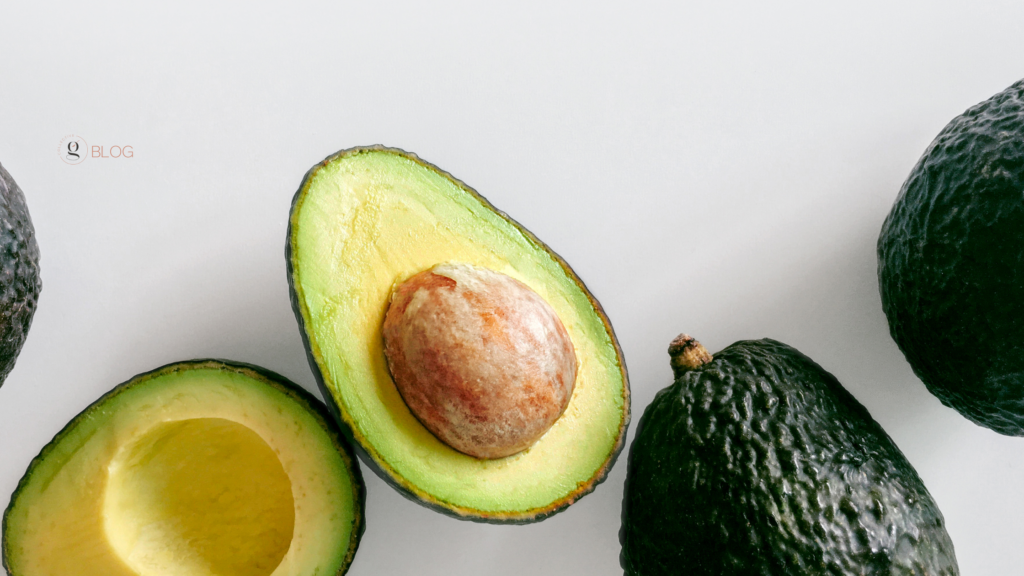Understanding Hunger: How to Decode Your Body’s Signals for Better Eating Habits

Hunger is one of the most primal sensations we experience as humans, and as women, we may experience this tenfold! It’s our body’s way of signaling that it needs nourishment to function optimally.
However, in today’s fast-paced world filled with busy schedules and constant distractions, losing touch with our body’s hunger cues is easy. In this comprehensive guide, we’ll delve deep into understanding hunger and how to decode your body’s signals for better eating habits.
The Science of Hunger
Before we can understand how to decode hunger signals, grasping the science behind hunger is essential. Hunger is regulated by a complex interplay of hormones, including ghrelin, leptin, insulin, and cortisol. Ghrelin, often called the hunger hormone, stimulates appetite, while leptin signals satiety.
Insulin helps regulate blood sugar levels, and cortisol, the stress hormone, can also influence appetite. Understanding how these hormones work together can provide valuable insights into our hunger patterns.
Types of Hunger
Not all hunger is created equal. There are different types of hunger, each with its own underlying causes.
Physical Hunger
Physical hunger arises from the body’s need for nourishment and sustenance. It’s often accompanied by physical symptoms like stomach growling, fatigue, and lightheadedness.
Emotional Hunger
On the other hand, emotional hunger stems from psychological triggers such as stress, boredom, or sadness.
Sensory and Secondary Hunger
In addition to these, there is sensory hunger, triggered by stimuli such as the smell of food, and secondary hunger, triggered by external cues such as the time of day.
Distinguishing between the different types of hunger and being aware of cue disruptors is key to developing a healthy relationship with food, and we take a deep dive into this in our GNAW Method Course.
Mindful Eating Practices
Mindful eating is a practice that encourages paying full attention to the sensory experience of eating without judgment or distraction. By tuning into our body’s hunger and fullness cues, we can better regulate our food intake and prevent overeating.
Some mindful eating techniques include eating slowly, savoring each bite, and paying attention to hunger and fullness signals. Incorporating mindfulness into your eating habits can lead to more enjoyable meals and greater satisfaction.
But trust us when we say we know it’s not always easy to implement this when you are ripping and running, trying to take care of yourself, work a job, and spread love to your people! So, though you may not be able to do all the mindfulness things at once, just implementing the habit of honoring hunger and fullness cues can take you a long way!
Understanding Cravings
Cravings are intense desires for specific foods, often unrelated to physical hunger. They can be triggered by various factors, including nutrient deficiencies, emotions, and environmental cues. While occasional cravings are normal, frequent or uncontrollable cravings may indicate an imbalance in our diet or lifestyle.
Understanding the root cause of cravings can help us make healthier choices and reduce reliance on processed or unhealthy foods.
Honoring Hunger and Fullness
One of the fundamental principles of intuitive eating is honoring hunger and fullness. This means eating when you’re hungry and stopping when you’re comfortably full, regardless of external cues or societal norms.
By listening to our body’s signals and responding appropriately, we can develop a more intuitive relationship with food and cultivate trust in our body’s wisdom. It’s about respecting our body’s natural rhythms and nourishing it in a way that feels good and sustainable.
What’s Next?
Understanding hunger is a vital aspect of developing healthier eating habits and nurturing a positive relationship with food, sis. By tuning into our body’s signals, practicing mindful eating, and honoring our hunger and fullness cues, we can reclaim control over our diet and promote overall well-being.
Remember, it’s not just about what we eat but also how we eat. If you want to learn more about this, check out our full course, The GNAW Method, to take a deep dive into how to create sustainable habits once and for all by listening to your body and nourishing it with love and respect.
Needing some 1:1 support? Enjoy individualized coaching by joining our community or scheduling a nutrition consultation with one of our BIPOC nutrition professionals. Together, we can decode our body’s signals and cultivate a healthier relationship with food. Start your transformation today!







Responses